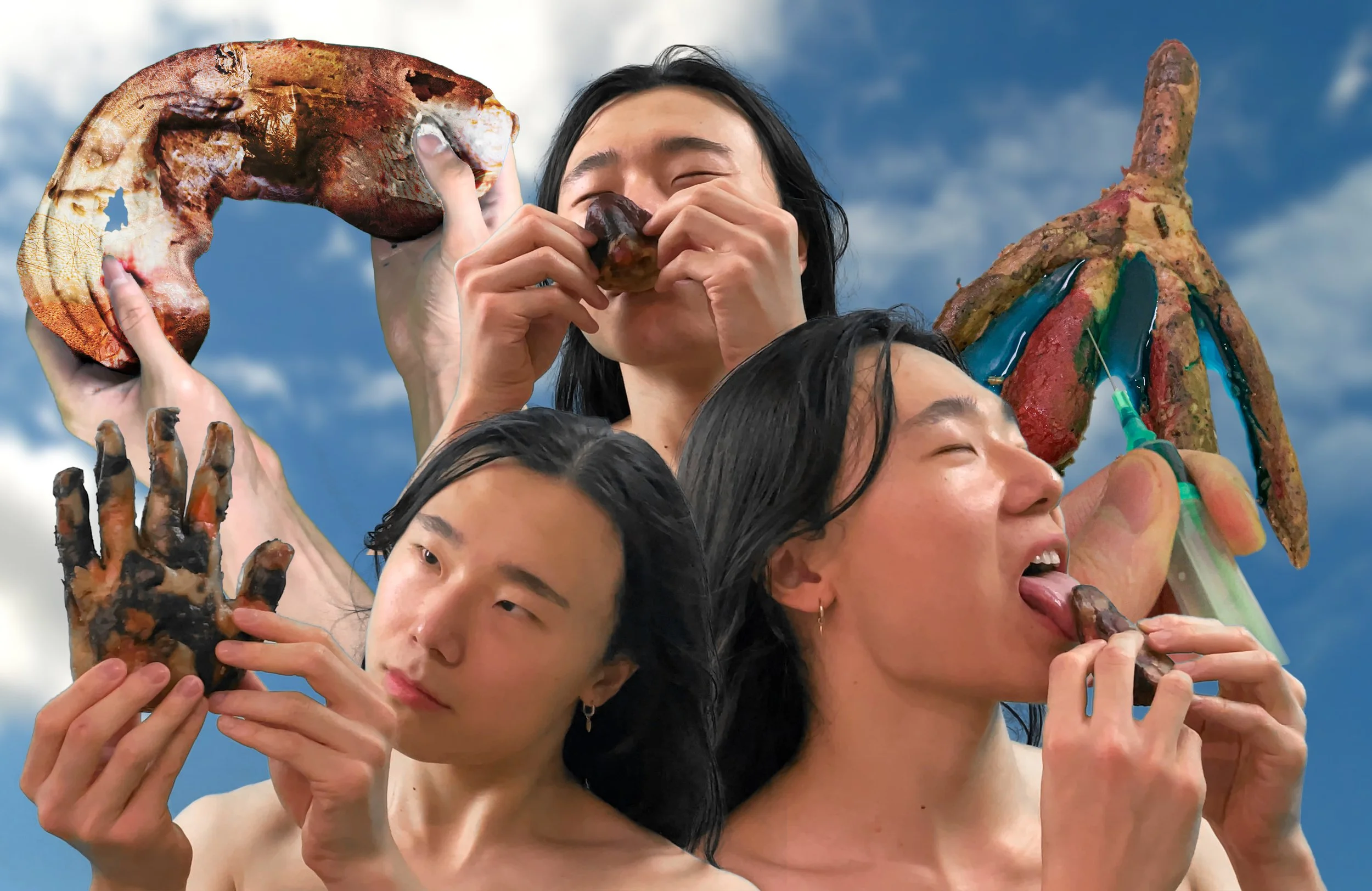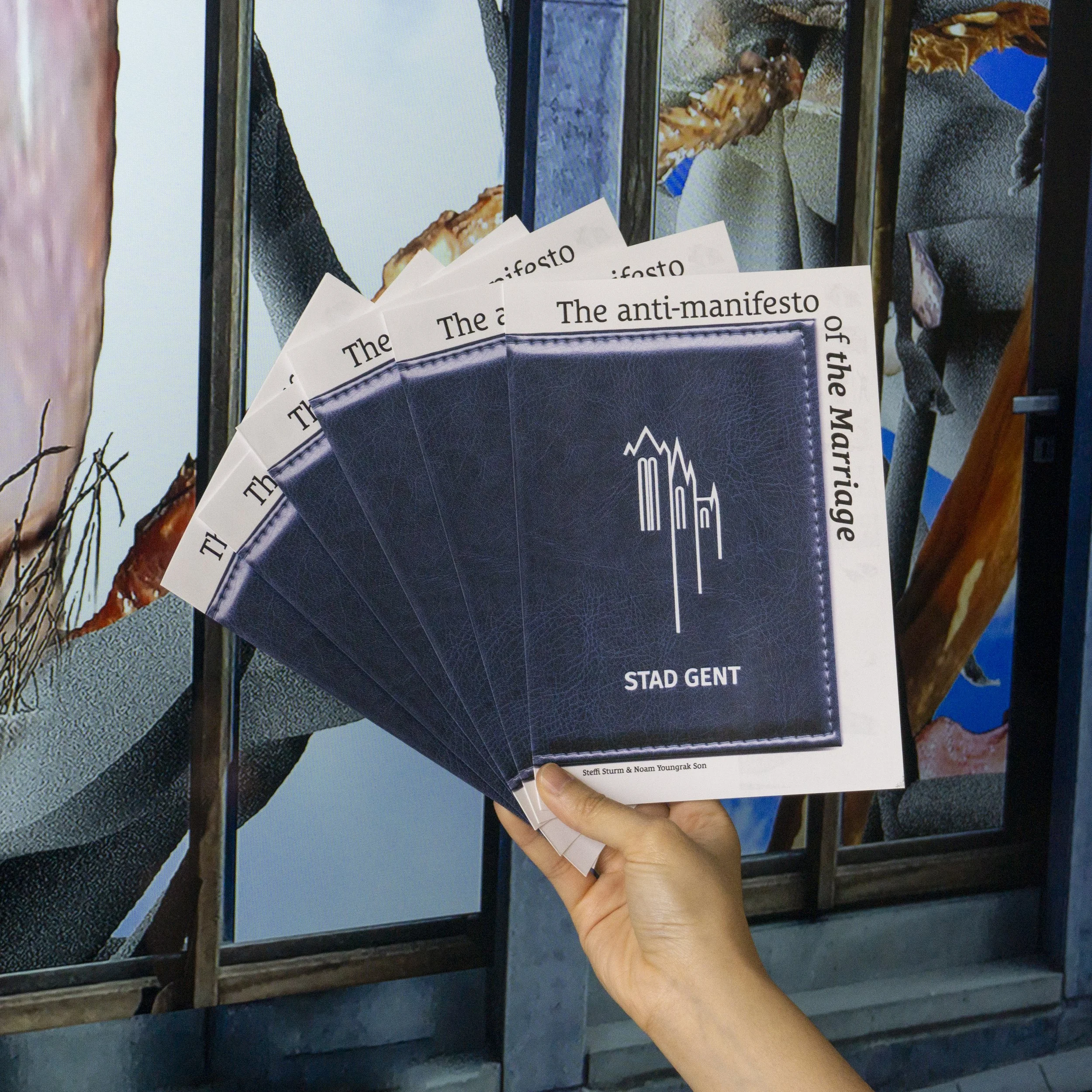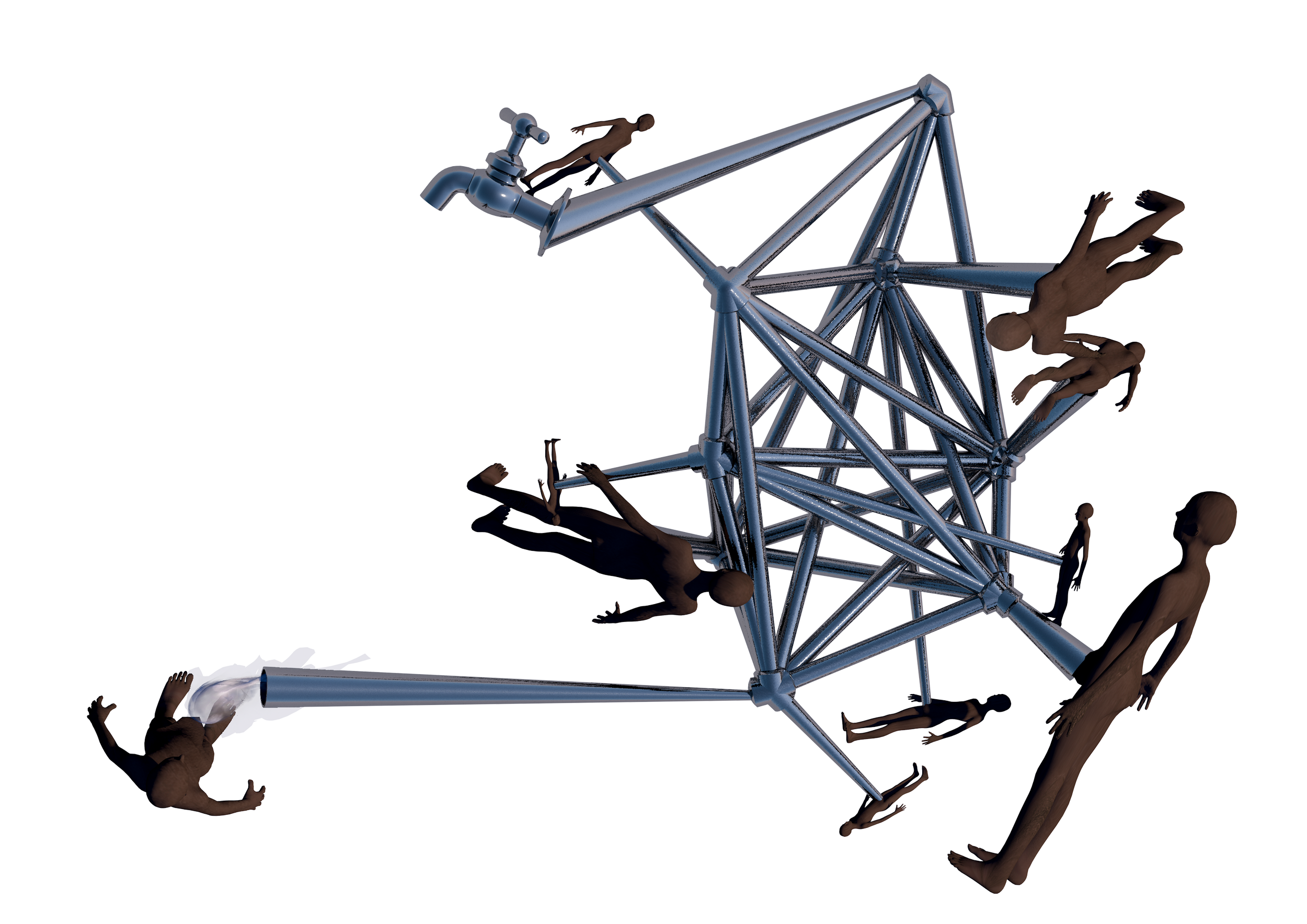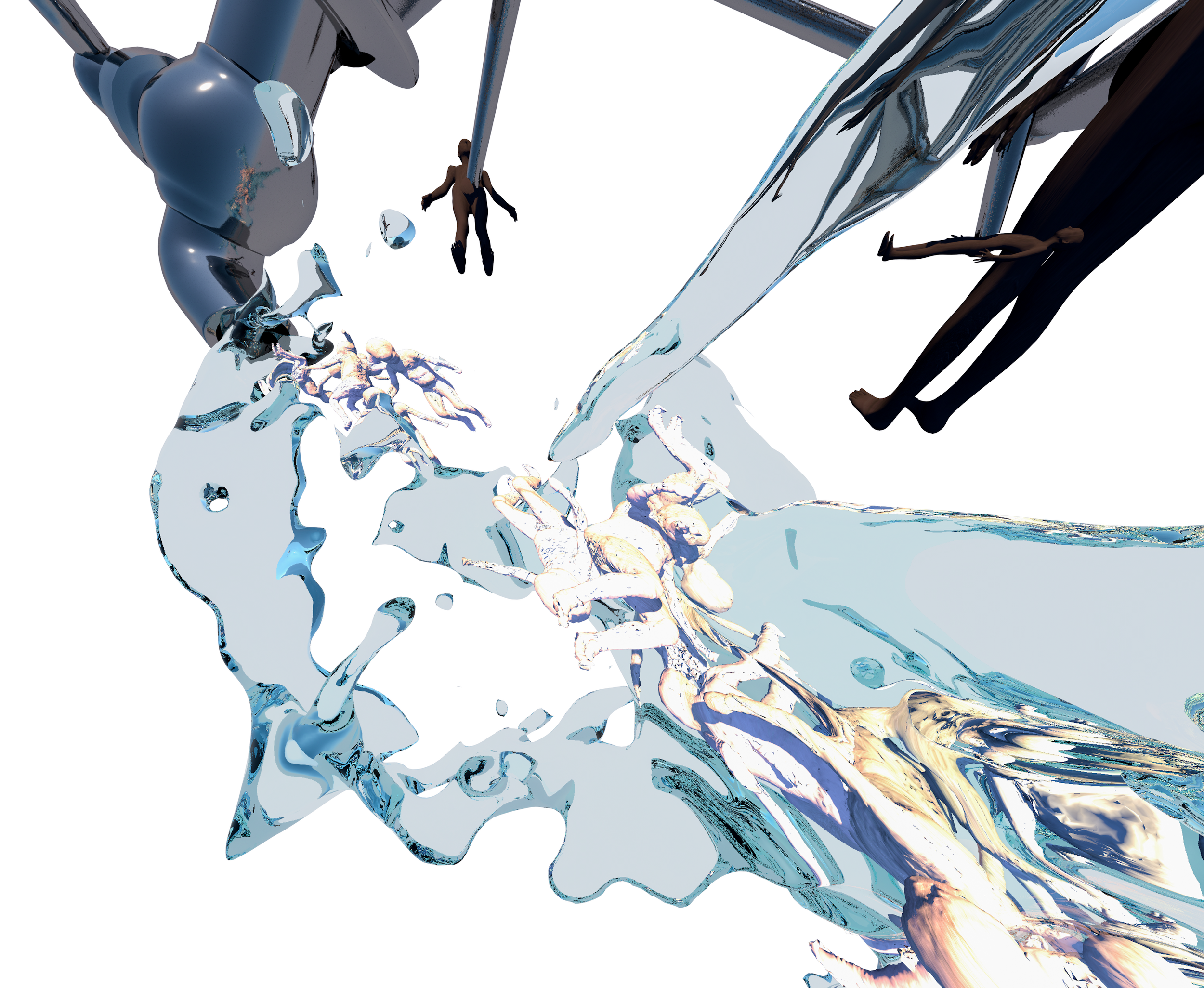Noam Youngrak Son
Noam (they/them) is an interdisciplinary media designer who was based in the Netherlands until very recently, and currently living in Gent, Belgium. They make publications, moving images, sex toys, codes, installations, exhibitions and workshops. They also write and make public speeches. The core of their practice is about less normative methods of disseminating deviant narratives. They attempt to convey stories of marginalized bodies (often including themselves), into designed forms that do not conform to the white-straight-colonial-classist-abelist-anthropocentric gaze.
Project Yummy Body Truck
“You graduation project 'Yummy Body Project' revolves around the concept of a fictional food truck which 'sells edible human body parts'. What was the inspiration behind this project and how did it come to birth?”
“Glass eels, once an abundant food ingredient in Basque, had a sudden and drastic decline in their population in the late eighties due to a reason that is still unknown. As an alternative, one company invented imitated eels in 1991. The imitated eels, looking almost identical to the glass eels, are made of various "cheaper" species of fish ground into a moldable paste. And it is now consumed nationwide. This act of amalgamating various species into a moldable paste, and forming it into the morphology of another species is very common if you think about it. Namely surimi crab stick, kosher shrimp, vegan hamburger patty, etc.”
“I extrapolated this observation into a more speculative experiment and came up with this food truck. I named it Yummy Body Truck since it sells “edible human body parts.” The stall collects samples of various organisms and grinds their flesh into a moldable paste, and reshapes it into forms of human bodies. Different types of flesh in the paste can be characterized by the factors such as pigmentation, endocrinological condition, toxin accumulation. Shaping the paste into human body parts is a method to emphasize the political significance of those aspects. At this food truck, the pigmentation of white fish and brown meat turns into “race”, and estrogen residue in beef determines “gender” of the edible human body parts that it forms. The bodies are the products of hybridizing species, race, and gender. Eating those bodies is a statement of embodiment, and becoming a chimera like the moldable paste. The flavors of pigments, hormones, and toxins from the edible human bodies communicate the ecological and political nuances of the flesh.”
Workshop Chimera Gastronomy
“The idea of forming interspecies paste, and casting it into something else also inspired me to create the workshop: Chimera Gastronomy: Malleable flesh, amalgamated bodies, and plastic kinship.”
“During the first edition workshop hosted as part of the program for RE_NATURE festival, the participants hybridized eel, dodo, octopus, lichen, whale, nekton, cat into a chimera. The flesh, materialized using edible ingredients, comprehensively represented the following political-cultural-ecological discussions: endocrinological condition shaped by migration, extinction caused by colonialism, fluctuating chromatophores blurring the notion of race, symbiotic cohabitation, the polarization of scales. By using this variety of flesh, we speculatively constructed organs that tell stories: An anus not for defecation but for olfactory communication, a selfish heart that only pumps blood for itself, non-binary genitals, an ear that hears sufferings, an organ that consumes pain and excretes joy. Eventually, the body parts are combined into a fictional creature, later 3D scanned and digitally animated.”
“The following edition of the workshop took place at Subbacultcha Amsterdam. I’m planning to run this workshop at several different venues in Belgium and the Netherlands this year.”
Other Projects:
The Queer Mixture-making Ceremony
“As well as my graduation project, I want to emphasize my queer wedding ceremony which I call ‘The Queer Mixture-making Ceremony’. The event was a celebration for a lifelong experiment of an exclusive interdependency. We insisted on hacking the patriarchal, cis-heteronormative, colonial practice of marriage and announced the rise of a gender-non-conforming, multi-cultural, multi-species family consisting of two queer people and two cats. Situated at ‘the Smallest Gay* Bar in the World’ run by Bebe Books at Vooruit, Ghent, the ceremony challenged all the ‘straight’ notions of a conventional wedding, involving glory holes, drag queens and a cute gay priest with a kinky outfit.”
“I produced manifesto flyers that were distributed and read during the wedding to clarify how we orientate as a queer couple in the system of marriage, “the fundamental unit of the patriarchal, cis-heteronormative, classist, ableist, colonial social construct”. In the manifesto text, I called the normative notions of marriage that we want to deviate from “the Marriage” with a capital M. The following excerpts are my favorites.”
“We want our marriage to be a parasite in the social system designed for the Marriage. We will hack the norms from inside out, like a parasitic flatworm turning the antenna of an infected snail flamboyant and pulsating—a.k.a. queering the antenna.”
“We refuse to turn our exclusivity of intimacy into exclusivity of empathy. As much as we love each other, we will suffer together with every marginalized body on the planet.”
“What advice would you give to artists starting out or to those artists who are struggling with creative blocks?”
“To make my practice more sustainable, I’m focusing on downscaling nowadays. This is in other words to resist the temptation to make my works driven by the scale. Going domestic is a good strategy to keep my practice agile and radical. Most of the publications that I create are from a digital printer and a riso printer that I have at home. I also have 3D printers at home so that I can produce my own artifacts without outsourcing. And more importantly, a significant part of what I produce doesn’t have a physical form: either by being fully digital, or by being a temporary ritual (such as a public workshop). This enables my projects to be able to discuss urgent topics in a relatively short period of time using less resources. I learned this when I was trying to produce relevant content at home while the pandemic forced everyone to stay inside.”
“Therefore, the mediums that I’m planning to focus on are publication, public workshops, digital moving images and coded “net.art”. These are the artforms that can be produced without being overly reliant on resources, but still able to reach a considerable number of perceivers.”
Recent and upcoming events;
‘The story-telling eel-orgy’
On Saturday 26 March Noam conducted a writing workshop with Sonic Acts at W139 Amsterdam. The workshop took inspiration from the complex and enduringly obscure reproductive cycle of eels, and involved collaborative and generative writing processes, with participants producing short stories about water that will be combined into a riso-printed zine.
Led by Noam Youngrak Son, ‘The story-telling eel-orgy’ is a workshop that turns its participants into freshwater eels gathered in the Sargasso Sea to procreate. As sexually aroused eels, every participant in the workshop will produce short stories packed in ‘reproductive cells’, based on their lived (or fictional) experiences around water.
“Eels have sex in such an obscure way that no human has ever witnessed their spawning behaviours in nature. Unlike the linear, fragmented, aimlessly extending routes of humans, eels have drawn numerous circular paths overlapping, over generations, accumulating stories in their cells. The aquatic intercourse of eels resembles the collective process of writing that took place during this workshop.”
“In the workshop, the process of blending bodily histories was demonstrated using a simple algorithm called a Markov Chain, a model ‘describing a sequence of possible events in which the probability of each event depends only on the state attained in the previous event’. Applied to generative writing, a Markov chain can be used to find the most probable phrase that will come after a specific phrase—in other words, an endless stream of text starting from the first word. The short stories created by participants will become the source materials for the algorithm to construct hybrid myths, like infant eels emerging from the Sargasso Sea. The ‘offspring’ will be published into riso-printed zines at the end of the workshop, which all participants will get to take home.”
Next ‘The story-telling eel-orgy’- workshop: June 18, 2022
Visualizations of the writing proces of the workshop
